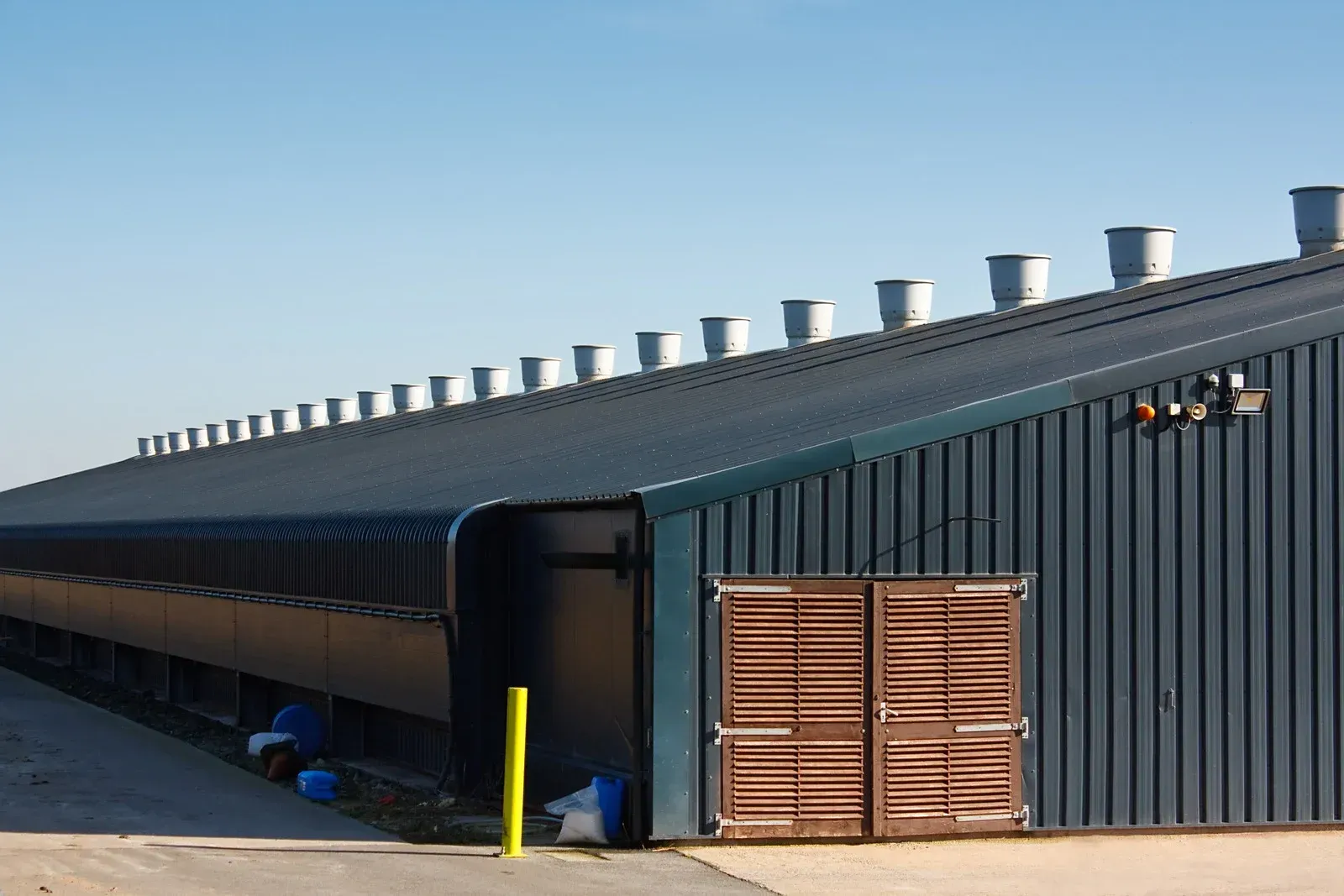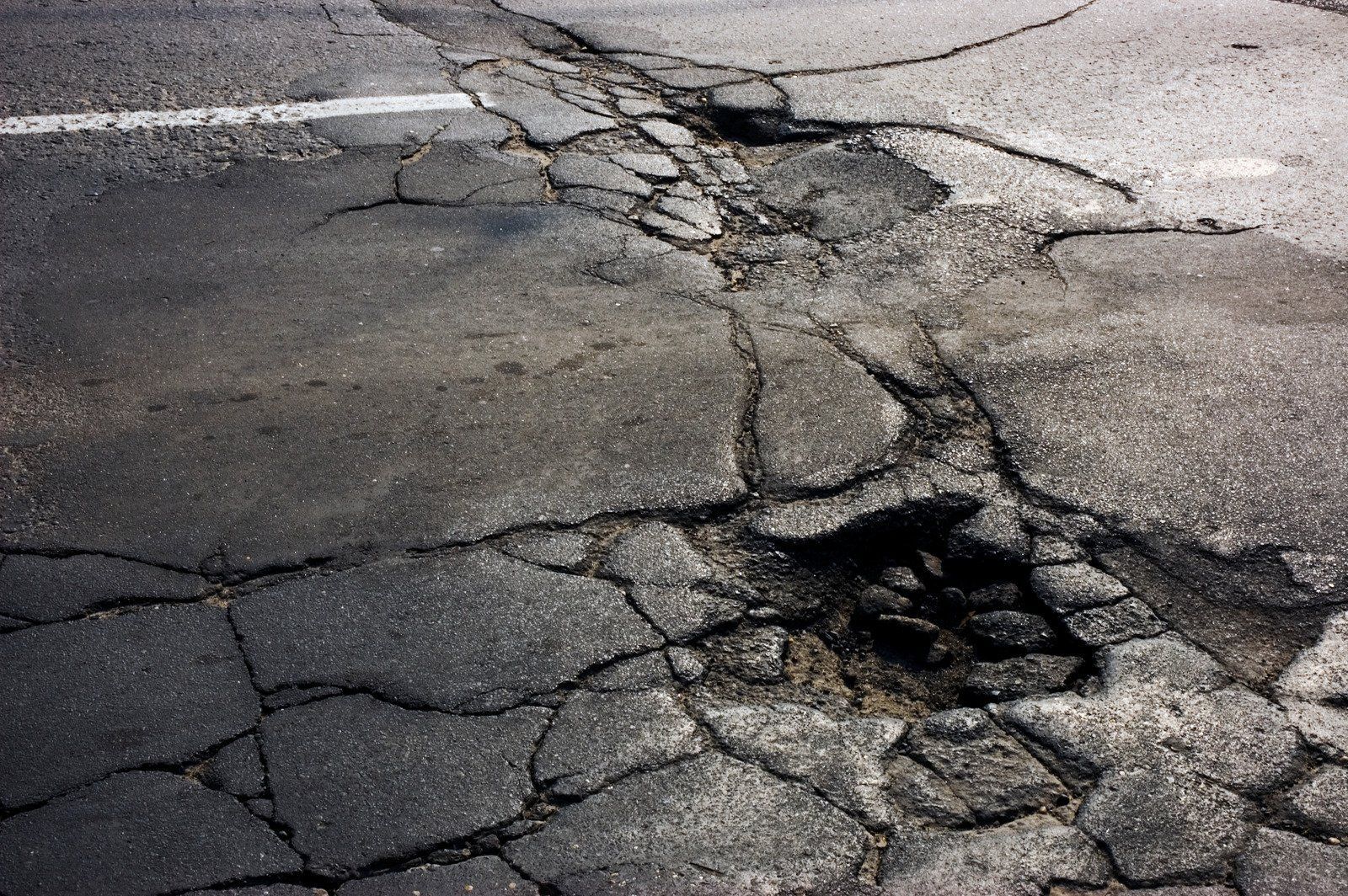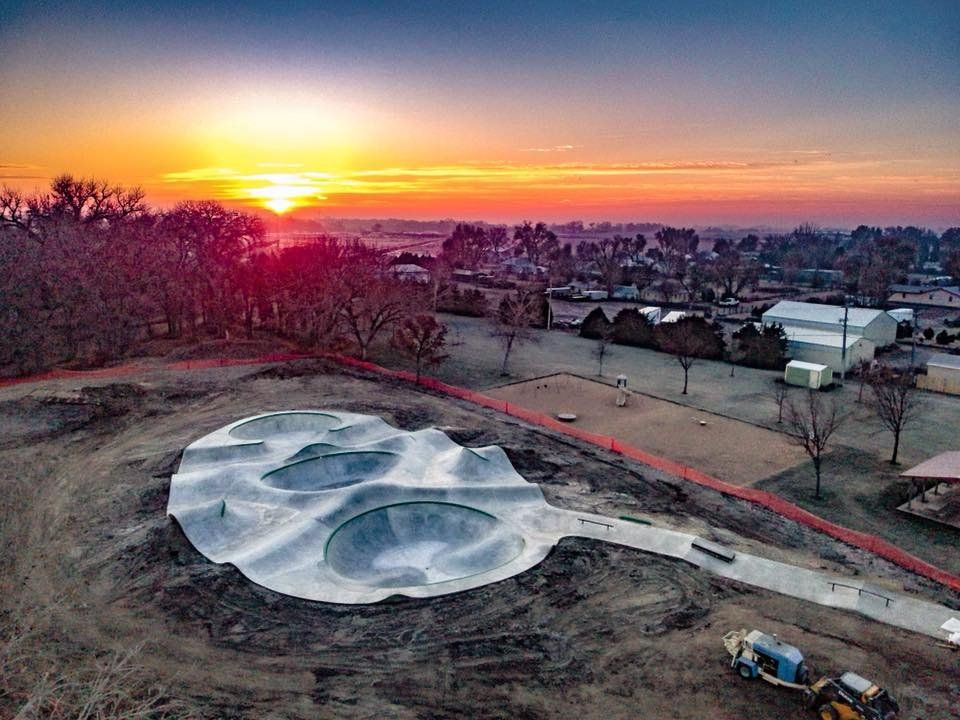3 Facts About Roof Vents And Storm Damage
Hail and other storm damage can cause a variety of problems on your roof. Damaged ventilation components on the roof lead to further damage inside your home at best and serious health issues at worst. Here are three facts you should know about storm damage and roof ventilation systems.
1. Your Roof May Support a Variety of Ventilation Types
Modern homes are constructed with several types of ventilation components on their rooftops. These ventilation features serve important purposes. Air and gas flow from inside a home up through piping or ducts. The exit holes of the ducts or pipes are situated on the roof so that gas and air can flow up and away from the home.
One type of ventilation system located on your roof is the plumbing-stack vent. The plumbing-stack vent is connected to drain pipes and serves two purposes. It releases sewer gas so it doesn't flow into the home and provides necessary airflow in plumbing to ensure proper drainage.
To understand the influence of the plumbing-vent stack on your home's drainage, imagine a can of liquid that you wish to pour into a glass. Puncture the top of the can once, and liquid escapes the hole, but the flow is intermittent. When you puncture the can twice, the additional airflow allows the liquid to flow out of the can smoothly.
Another type of ventilation component on the roof is the exhaust-fan vent. This type of vent is designed to remove excess heat and moisture from certain rooms in the home.
Exhaust vent stacks remove hot, moist air from:
- Clothes dryers
- Bathrooms
- Stove tops and ovens
Combustion vents are a third type of ventilation system. Any home feature that burns fuel to create heat also creates toxic air as the fuel is combusted. Your fireplace, furnace, boiler, or water heater may be ventilated with a combustion vent.
Attic vents are a fourth type of roof vent that may exit your roof. Often called turtle vents or box vents, these types of exhaust systems allow hot air and moisture to be released from inside the attic.
2. Roof Vents Must Be Inspected After Storms
A roof inspection is smart after your home is affected by high winds, storm debris, and hail. If your shingles or other roofing materials have sustained minimal or no damage, you may believe that your home is in the clear.
However, your roof vents can be severely damaged by hail and other storm-related forces even when the roof survives unscathed. Examine all roof vents for damage after strong storms to ensure their proper function.
Roof vents suffer storm-related problems including:
- Blockage from storm debris
- Loss of water seal from damaged flashing
- Disconnection from vent pipe or duct
- Compression from hailstorm or tree limbs
- Exposure from missing vent caps and covers
When you aren't sure how your roof vents should normally look and operate, hire a qualified roofing contractor to inspect these components.
3. Damaged Roof Vents Affect Health and Property
Your home can suffer long-term, unseen damage from broken and compromised roof ventilation parts. Rooftop ventilation components that have missing caps allow rainwater and snow melt to enter the piping, ductwork, and your home. Your attic, ceilings, and walls could be drenched with water and begin to rot and develop mold.
Metal ductwork exposed to constant leaks will corrode and eventually develop weak spots that break away from the ducts. Attics and bathrooms with non-functioning ventilation systems can become mildew-ridden and suffer from other moisture problems. Insects, rodents, and birds have easy access to your home when vents are damaged.
When plumbing-vent stacks are damaged, your drains will not work properly. Toilets, sinks, and bathtubs drain slowly if at all. Without the airflow provided by the plumbing ventilation, water begins to siphon from drain traps. Wastewater can begin to bubble up from drains in sinks and shower stalls.
The most dangerous outcome of damaged vent stacks involves your health. A clogged or crushed plumbing-vent stack doesn't remove dangerous gas from your home. Noxious sewer gas settles inside the home and may create a rotten-egg odor throughout the living space.
Sewer gas contains hydrogen sulfide, which is the cause of the rotten egg smell. Methane and carbon monoxide can build up inside the home from the sewer gas. In rare cases, trapped sewer gas results in home explosions. Damaged combustion vents can also add dangerous levels of carbon monoxide to household air.
Symptoms of excessive carbon monoxide exposure may include:
- Headache
- Drowsiness
- Nausea
- Dizziness
If you have proper carbon monoxide detectors, you'll be warned that the air in your home is not fit for humans to breathe. Pay attention to warnings from your carbon monoxide detectors after strong storms. The detectors could be telling you that your plumbing vents or combustion vents are clogged or damaged.
Contact the storm-damage experts at Colorado Western Construction when you suspect your roof's ventilation components have been damaged by hail, strong winds, or flying debris. We've helped homeowners in the Greater Denver, Colorado, region manage storm damage on roofs for over 20 years.




